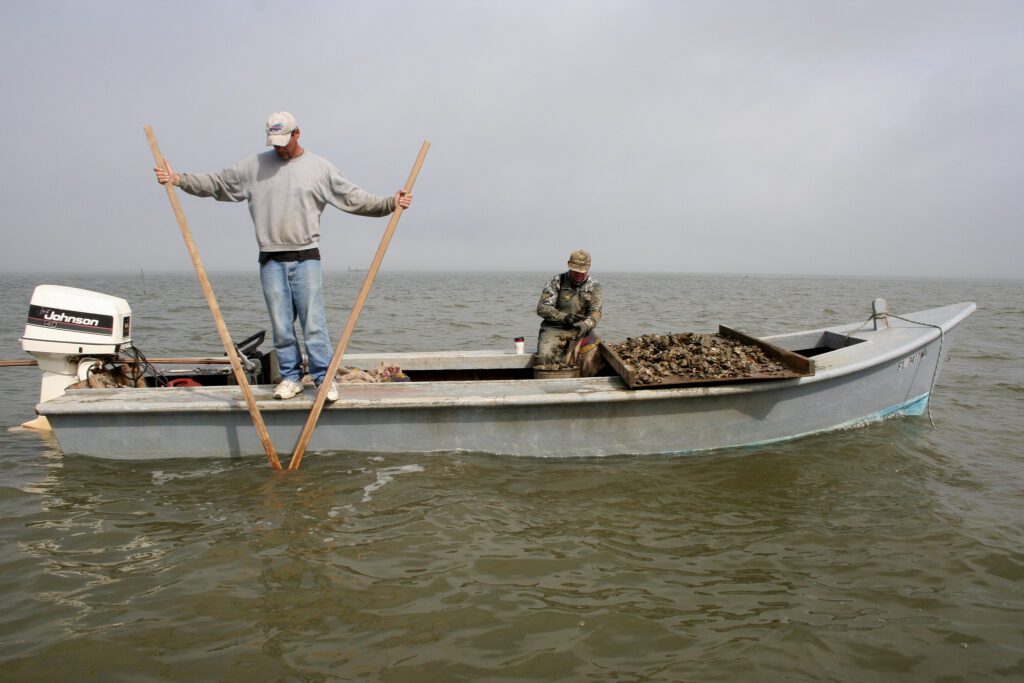Man-made disasters can create enormous problems for our natural environment, and the BP oil spill that occurred in the Gulf of Mexico in June 2010 was no exception. It has been estimated that 60,000 barrels of oil came gushing from the spill, leaving an oil slick that was 130 miles long and 70 miles wide. That spill caused massive amounts of damage to the ocean, including along the Florida coast particularly on the Panhandle. But it’s not always pollutants that man can cause that impact the ocean; sometimes nature can have a negative impact as well. [emember_protected custom_msg=”Click here and register now to read the rest of the article!”]
That was the conclusion reached from a new report by the University of Florida, which looked at the recent and unprecedented decline in the oyster population in Apalachicola Bay. A special team studied the impact that pollutants from the 2010 Gulf of Mexico oil spill might have had on the decreasing number of oysters — and concluded that it wasn’t the main factor after all.
“It’s pretty clear that this happened because there was a low river flow for years,’’ explains Karl Havens, leader of the UF’s Oyster Recovery Team. They investigated the situation and found that drought, a low rainfall, and increased salinity in the bay were the main factors that contributed to the dramatic drop-off in oyster landings. That drop-off had started back in September 2012. It was not, as some had initially suspected, the BP oil spill.
What is not clear, Havens adds, is whether neighboring communities and businesses contributed to the problem through high water use. “We don’t know yet if withdrawals from the river for urban or agricultural use impacted it,” Havens observes.
The report was put together after residents became concerned about the lack of small oysters in the bay. “That bay has provided 90 percent of the oysters in Florida and 10 percent of the oysters in the entire country,’’ Havens points out. “It’s a very big aspect of the oyster industry. We started hearing about the oyster population declining, and the industry asked the governor to declare a state of emergency there.” Havens, professor of Fisheries and Aquatic Sciences at UF in Gainesville, and director of the Florida Sea Grant, helped put together the team that investigated it. “We went up there and asked the community what they were concerned about,” he reports. “They said they wanted to know if the oil spill had made a difference.”
The Oyster Recovery Team that was put together from members of the local community and from state agencies that oversee the river studied the issue, and ultimately concluded that was not a contributing factor. “We didn’t find anything on that,” he confirms. “It doesn’t appear to be due to overfishing [either]. Probably it is mostly due to drought.”
The Apalachicola River and the two rivers that feed it have experienced drought for the past three years. Focusing on solutions, the report makes several recommendations for restoring the number of oysters there.
“We think that in order for the oyster population to recover, there needs to be a large restoration effort,” he says. “There’s a need for people in the industry and the community to be a part of this. People also need to obey the laws on where they can and cannot fish so they do not make this situation worse.”
To read the full report, log on to http://franklin.ifas.ufl.edu.
CREDITS
story by MICHAEL FREEMAN [/emember_protected]

